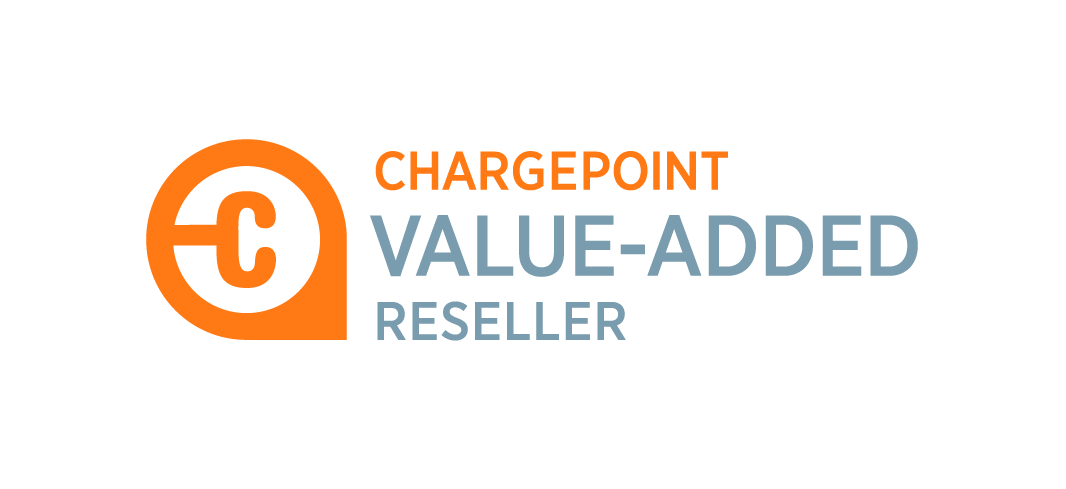solar tax
credits are ending
Federal Solar Tax Credit (ITC) — What It Means for Businesses & Communities
(Updated September 17, 2025)
The Basics
The federal government offers a tax credit called the Investment Tax Credit (ITC). This lowers the cost of installing solar panels for businesses, schools, towns, and other organizations. Instead of paying only out of pocket, you get a portion of your costs covered by the government.
How Much Can You Get?
- Most projects qualify for a 30% credit. Small systems automatically qualify, while larger systems must meet federal labor rules.
• Projects that use U.S.-made equipment (domestic content) can qualify for an **extra 10%**, bringing the total to **40%**.
• Example: If your system costs $100,000, the ITC could save you about $40,000 at the 40% rate.
Real-World Examples
at 40% ITC
|
Project Size & Cost (Approx.) |
40% ITC Savings |
|
Small Business Rooftop (100 kW, ~$250,000) |
$100,000 |
|
Medium Commercial Facility (500 kW, ~$1.25M) |
$500,000 |
|
Large Municipal / Campus Solar (1 MW, ~$2.5M) |
$1,000,000 |
|
Utility-Scale / Community Solar (5 MW, ~$12.5M) |
$5,000,000 |
For Non-Profits and Governments
Non‑profits, schools, towns, and other government groups don’t normally pay taxes. Now, you can get the ITC as a **cash payment from the IRS** (called “Direct Pay”). This works like a refund after your system is installed. You must register the project with the IRS ahead of time and file a simple return, but you don’t need a tax liability to benefit.
Key Deadlines
- If your project started before 2025, you can still claim the old version of the credit when it’s finished.
• If you start solar construction by July 4, 2026, you’ll have more time to finish and still qualify.
• If you start after July 4, 2026, your project must be up and running by the end of 2027 to get the credit.
• Non‑profits and governments must file with the IRS in the same year their system is turned on.
Why This Matters
The ITC makes solar much more affordable. Schools, local governments, and community organizations can now save the same way big companies do. But deadlines matter — waiting too long could mean missing out on thousands or even millions of dollars in savings.

What You Should Do
Businesses:
- Talk with a tax advisor to make sure you qualify for the full 40%.
- Start your project before July 4, 2026 to avoid tighter deadlines.
- Ask your installer if your system qualifies for bonus credits (U.S.-made equipment, low-income areas, energy communities).
Non‑Profits and Governments:
- Register your project with the IRS before installation is complete.
- Plan to file Form 990‑T in the year your system goes live to get your refund.
- Work with your installer to confirm if your project qualifies for bonus adders.
Resources






